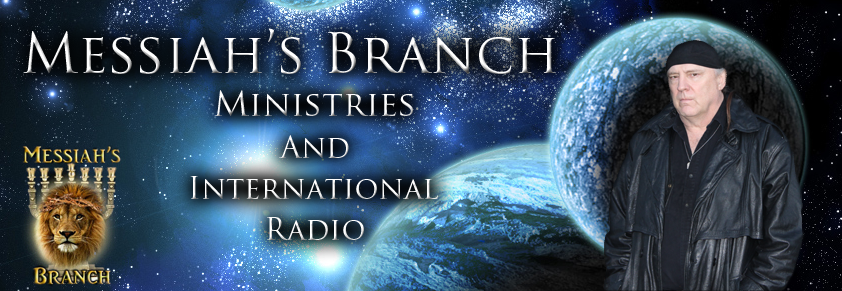Another critical point is that, despite Passover and the Feast of Unleavened Bread being distinct festivals, they were commonly grouped together and simply called “Passover.” Thus, when the gospel writers mention “Passover,” it can sometimes refer to the Passover sacrifice itself (Matthew 26:17; Mark 14:12), the day when the sacrifice was made (Mark 14:1), or the whole eight-day period of Abib 14-21 (Passover plus Unleavened Bread; Luke 22:1).
In actuality, then, there were really two Passover observances happening at the time of Jesus: one led by the priests at the Temple and the other observed by the people in their homes. These separate observances were also at different times: The Temple-kept Passover was observed late in the afternoon of Abib 14, while the home-kept Passover was kept at the beginning of Abib 14. As the gospels show, Jesus and His disciples ate the Passover in a home rather than at the Temple, observing it the evening before the priests did at the Temple. In other words, Jesus kept it as Abib 14 began, while the priests kept it as Abib 14 ended.
